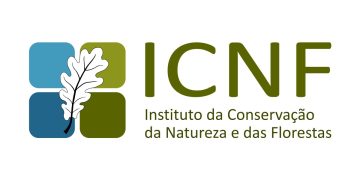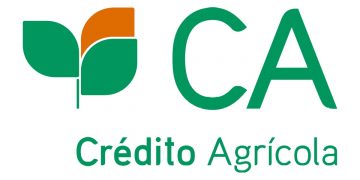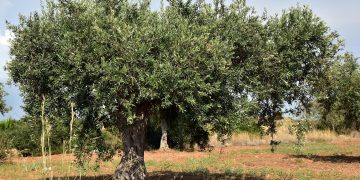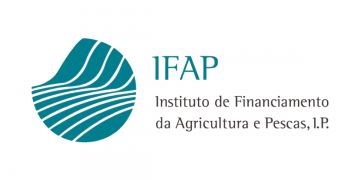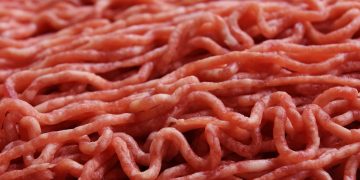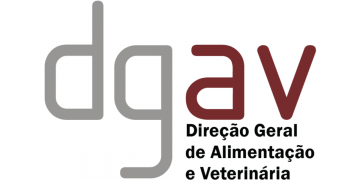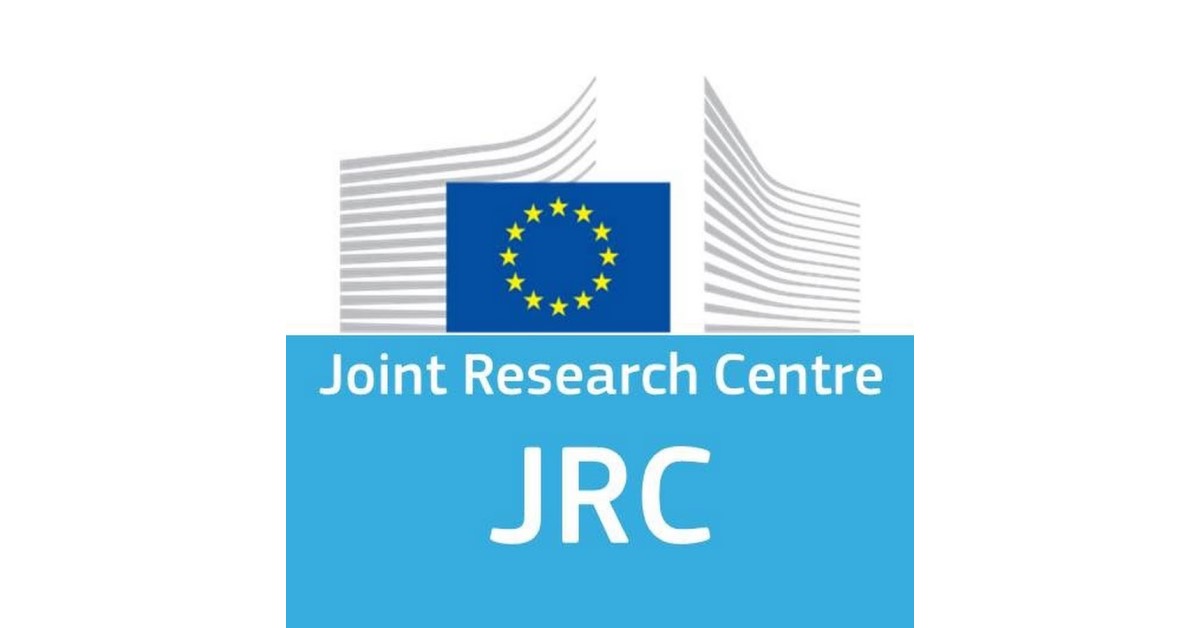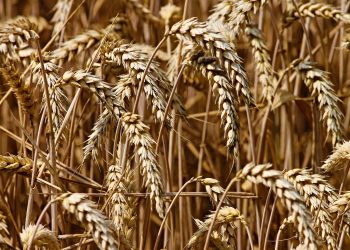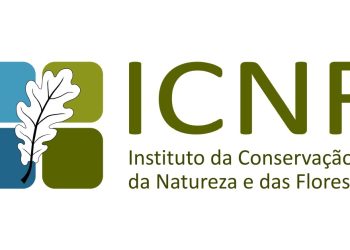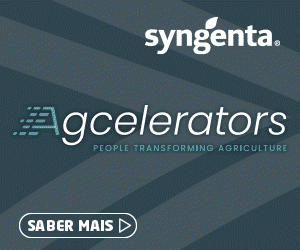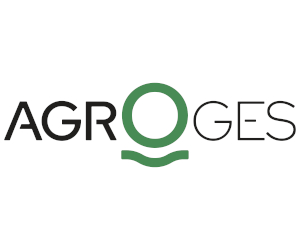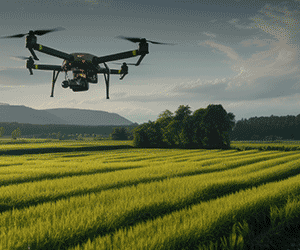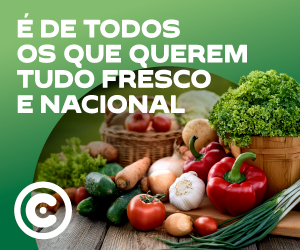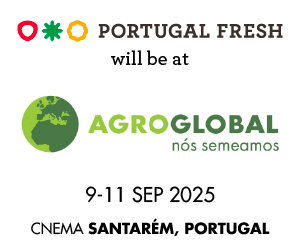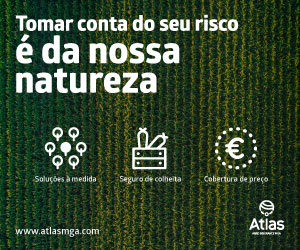The Mid-Year Update of the annual Global Report on Food Crises (GRFC), published today, rings the alarm on catastrophic food insecurity in six countries or territories: Sudan, Gaza, South Sudan, Yemen, Haiti, and Mali.
The Gaza Governorate has been in famine since July, and other areas are projected to fall into famine. In Gaza, more than half a million people were facing starvation in July. In Sudan, famine was first confirmed in August 2024.
In all six countries /territories, the crisis is human-induced, as the ongoing conflicts are the main driver of acute food insecurity. Gaza, South Sudan, and Yemen also have the highest share of their populations suffering from catastrophic food insecurity (IPC Phase 5). This is the most severe level of acute food insecurity according to the Integrated Food Security Phase Classification (IPC), a multi-stakeholder initiative informing food crisis response globally.
Households in IPC Phase 5 experience an extreme lack of food even after full employment of coping capacities, and they need urgent humanitarian action to mitigate starvation and acute malnutrition and prevent widespread death.
According to the Mid-Year Update of the GRFC, some areas in South Sudan’s Upper Nile state are at risk of famine due to escalating conflict and dire economic conditions.
The report presents other concerning figures about the evolution of acute food insecurity (defined by the IPC as food deprivation that threatens lives and livelihoods, regardless of the causes, context or duration) in food crisis countries:
- The countries or territories with the largest shares of high levels of acute food insecurity have remained largely the same between 2024 and August 2025. Gaza (100%), South Sudan (57%), Yemen (52%) and Sudan (51%), were also among the worst-affected in 2024, and they continue to be so in 2025, with Haiti (51%) also remaining in the five most gravely affected.
- In terms of the total number of people experiencing high levels of acute food insecurity, Nigeria (30.6 M), the Democratic Republic of the Congo (27.7 M) and Sudan (24.6 M) remain among the five worst hit in 2025. However, Bangladesh and Ethiopia are now replaced by Yemen (18.1 M) and Myanmar (16.7 M) in the worst five. It is important however to remark that Ethiopia is out of the list due to lack of data for 2025.
- Data on nutrition crises for 2025 are available for 24 countries and territories. Notably, 13 of these have over 1 million children aged 6-59 months who are acutely malnourished, with the largest numbers found in Nigeria, the Democratic Republic of the Congo, and Afghanistan. Sudan, Gaza, Yemen and South Sudan are facing the most severe nutrition crises in terms of prevalence.
- Humanitarian funding shortfall: The global humanitarian funding landscape is facing deep cuts, with a 17% drop in official development assistance (ODA) projected for 2025, and a significant reduction in funding for food security and nutrition programs. Such reduction in funding will challenge humanitarian response. For example, the World Food Programme, the world’s largest humanitarian food agency, estimates that it will reach almost 16.7 million fewer people in 2025 than in 2024, representing a 21% decrease.
- The nutrition sector is severely impacted by funding cuts. Only 27% of the required nutrition funding had been secured by mid-2025. As a result, projections indicate that 2.3 million children will be left without treatment for severe acute malnutrition, potentially causing an additional 369,000 preventable child deaths annually.
What is driving acute food insecurity and malnutrition?
The mid-year update report identifies three main types of shock, that, when combined with a high proportion of vulnerable populations in food crisis countries, act as the main drivers of acute food insecurity. These shocks are:
- Conflict / insecurity: Conflict is the main driver of acute food insecurity in countries and territories such as Gaza, Sudan, and Yemen, where ongoing violence and displacement have disrupted livelihoods, markets, and humanitarian access.
- Economic related shocks: Economic shocks, including high food prices, debt distress, and unsustainable public debt, are the primary driver of acute food insecurity in countries such as Haiti, where economic contraction and high food inflation are severely limiting food access.
- Weather extremes: Extreme weather events, such as rainfall deficits in Afghanistan, localised floods in Myanmar and below average rainfall and localised floods in Latin America and the Caribbean, are also reported as key drivers of acute food insecurity in this mid-year update.
JRC support to data analysis and intelligence
The mid-year update of the Global Report on Food Crisis 2025 relies on data from multi-partner initiatives like the Integrated food security Phase Classification (IPC), the Cadre Harmonisé (CH) and other equivalent metrics. The Joint Research Centre (JRC) plays a crucial role in contributing to the production of these data, in providing technical and advisory support to the IPC and the CH frameworks as well as in the Senior Committee responsible for its endorsement.
Additionally, the JRC’s Anomaly Hotspots of Agricultural Production (ASAP) offers real-time information feeding into IPC and CH analysis.
About the Global Network against Food Crises
Launched by the European Union, the UN’s Food and Agriculture Organization (FAO) and the World Food Programme (WFP) in 2016, the Global Network against Food Crises seeks to better connect, integrate, and guide existing initiatives, partnerships, programmes and policy processes to address the root causes of food crises.
Since the launch of the first Global Report on Food Crises in 2016 initiated by the JRC, the EU’s contribution is based on close coordination among European Commission’s services (mainly the Directorates-General for International Partnerships, European Civil Protection and Humanitarian Aid Operations and the JRC) and other partners.
Over the last 7 years the Global Report on Food Crisis has evolved into one of the main multi-partner initiatives under the Global Network against Food Crises and serves as its flagship publication.
The Global Report on Food Crises 2025 and its Mid-Year Update is the result of a joint, consensus-based assessment of food crisis worldwide by 16 partner organisations, coordinated by the Food Security Information Network (FSIN).
O artigo foi publicado originalmente em JRC.

